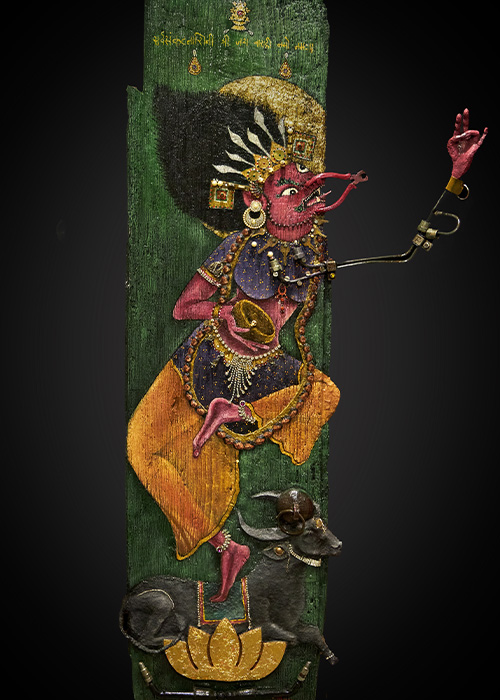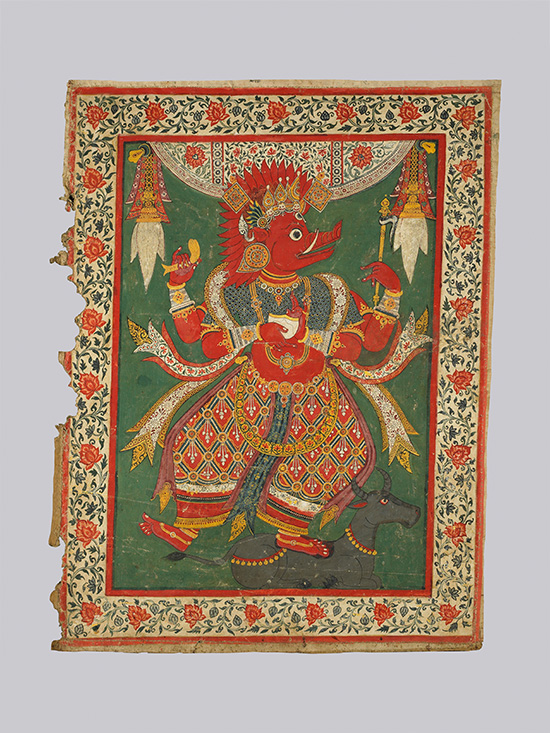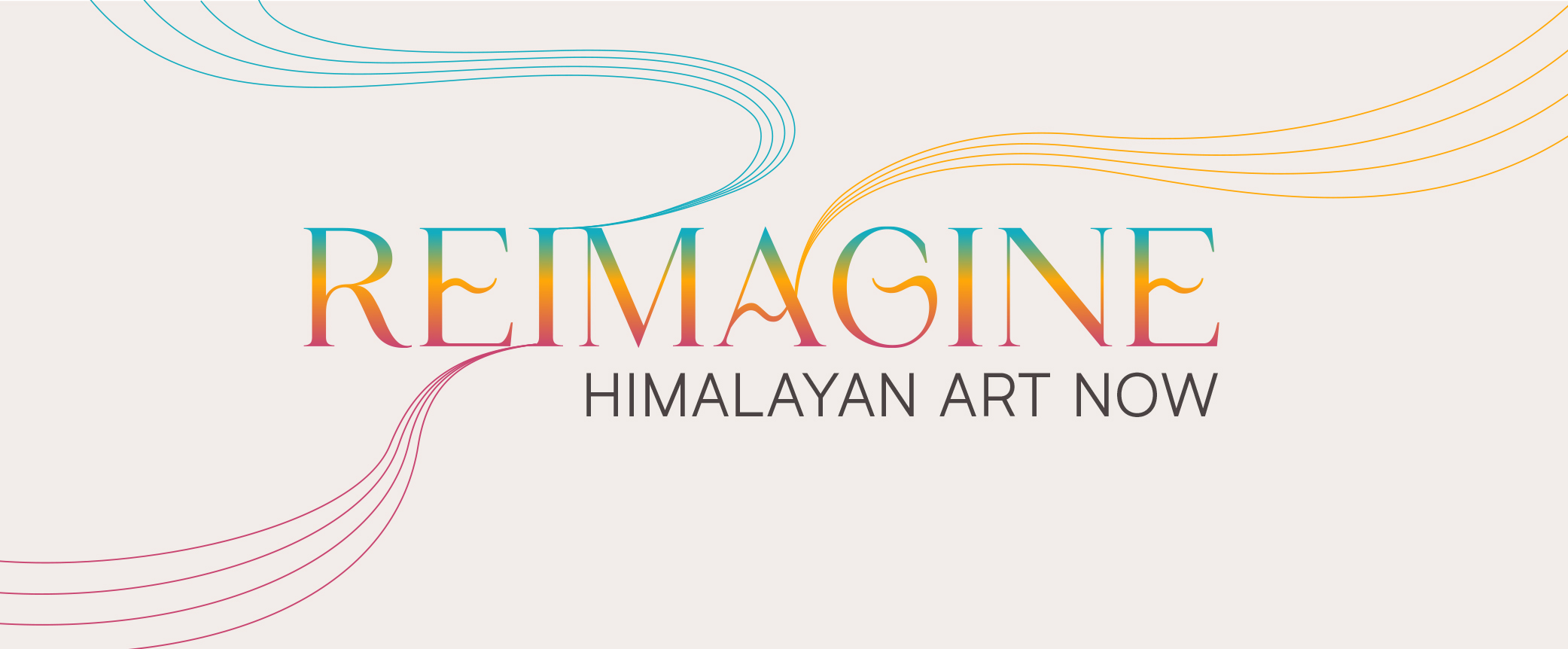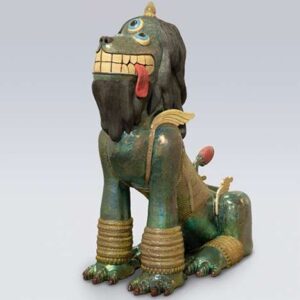
Meena Kayastha
Reimagine: Himalayan Art Now
March 15–October 6, 2024

LISTEN TO THE ARTIST
ABOUT THE ARTIST
Meena Kayastha (she/her)
b. 1985, Bhaktapur, Nepal; lives and works in Bhaktapur, Nepal
Meena Kayastha is committed to raising environmental and sustainability awareness by turning discarded materials into meaningful works of art. Her work is concerned with the dichotomy between women in Nepal being treated like second-class citizens and images of goddesses being worshiped. She compares debris—thrown away or sold for a cheap price with no regard for its life or the purpose it once served—with the treatment of some Nepalese women.
Her artistic process involves using scrapped objects and materials such as metal, wood, old doors, broken toys, and other electronic and industrial waste, transforming disregarded things into powerful storytelling tools. This interactive approach prompts contemplation of our relationship with objects and the transformative power of creativity.
Meena Kayastha received a bachelor’s degree specializing in sculpture from Kathmandu University, Centre for Art and Design in 2007.
@Meenakayastha11
ABOUT THE ARTWORK IN REIMAGINE

Meena Kayastha draws inspiration from the annual Navadurga dance held nearby her hometown of Bhaktapur during her childhood. Navadurga, meaning “Nine Durgas,” portrays the fierce manifestation of Parvati, Lord Shiva’s consort.
In this work the artist invokes the spirit of Varahi, a boar-headed goddess symbolizing fearlessness, strength, and protection, as seen in the painting from the Rubin’s collection on display nearby. Meena Kayastha’s dynamic panel sculpture on a reclaimed wood door features the goddess in a dance pose, with pliers portraying her snout and found jewels adorning her dress. Varahi is associated with wealth and prosperity, granting blessings for material well-being. These goddesses embody both creation and destruction, coexisting with fierce love and serving as female eros, capable of saving the day.
RELATED RUBIN OBJECT

This object from the Rubin Museum’s collection is presented in the Reimagine exhibition in dialogue with Goddess Varahi, inviting new ways of encountering traditional Himalayan art.


